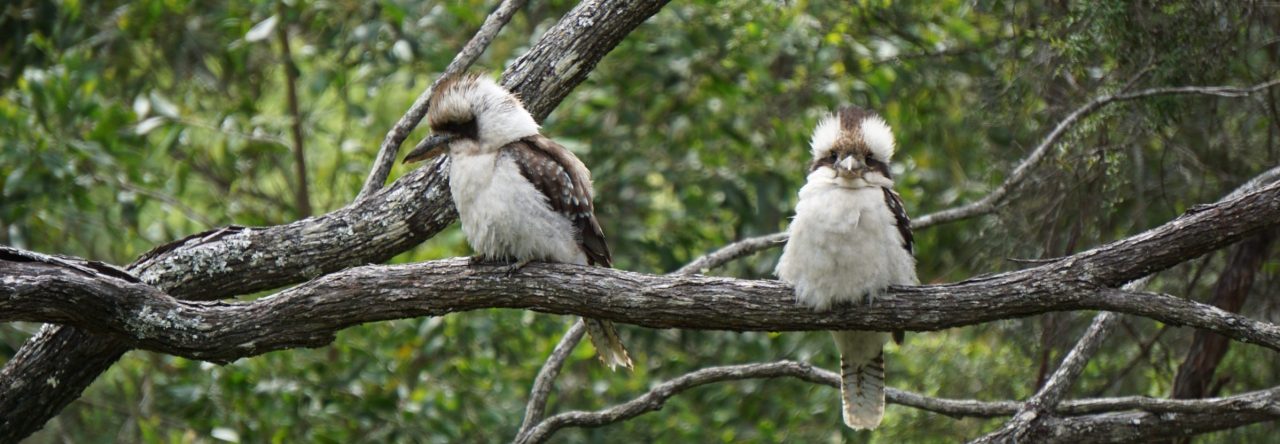I heard recently of a five-year-old crying in anguish – “I don’t want to die.” That little one had seen it; realised that he will die. There’s a YouTube of another five-year-old, inconsolable because she realises that her precious, little, baby brother is going to change; to grow up. “I don’t want him to grow up,” she wails, keening before the event. She wants him to remain a baby, “because he is so cute.” She’s seen the fact: No matter how much she loves him – he won’t stay the way he is. None of us will. She cries: “And I don’t want to die when I’m a hundred.”
(Actually, i found the fact of the making of the video disturbingly intrusive, however…) It did get me thinking about the other times when I have heard of children having similar anguish. I think that most of us (if not all) have a child just like that in us, who once said, or thought: “I don’t want to die.” And the adults around us didn’t know what to say, unless is was the usual conventional untruths. After all, they had not come to terms with the inevitable fact of it, either, so how could they have helped? At best, they were simply thrown into a sea of pain, due to their love, at having to witness the anguish of innocence. Or they treated us as cute; or were embarrassed at their lack of capacity to answer us. In any case, in our culture, we don’t teach our children to respect the great matter at the heart of our natural realisation – the realisation that death separates us from what is ever so dear to us. And, so, we got on with growing, and learned instead to tuck the inconsolable lament away for as long as possible.
Edna St. Vincent Millay gives us these lines, from the central section of her poem, Childhood is the Kingdom where Nobody Dies. She acknowledges that cats die, and then says:
You fetch a shoe-box, but it’s much too small, because she won’t curl up now:
So you find a bigger box, and bury her in the yard, and weep.
But you do not wake up a month from then, two months
A year from then, two years, in the middle of the night
And weep, with your knuckles in your mouth, and say Oh, God! Oh, God!
Childhood is the kingdom where nobody dies that matters,
—mothers and fathers don’t die.
How come we aren’t talking to each other about this? How come we aren’t learning to have our feelings about this? How come we aren’t wondering more openly, fully, together, “Who or what dies?” (That, by the way, is a title of another of Stephen Levine’s books: “Who Dies?” How come we aren’t rushing with open arms toward the exploration of consciousness, the incredible unfathomable presence of knowing, which resides in our heart?
Well, one reason is simply the sheer number of years that we adults have put into turning the other way. “Don’t look at it” is a mantra. We humans are amazingly adept at compartmentalising, and this skill, mastered in childhood, helps in our ‘Don’t-think-the-unsayable’ project. So, Stephen’s A Year to Live is a brave counter-cultural service. By talking about it, we can look to experiencing everything more intimately. I don’t think that the little girl in the video had a breakdown (as her father is reported to have said about her). I think it perfectly healthy that she spoke her little heart out clear as day (or night): “I don’t want to die when I’m a hundred!” Maybe, if those feelings could flow through her, and be absorbed by those around her, then, twenty to thirty years later, she could settle down to the koan of ‘Who dies?’
